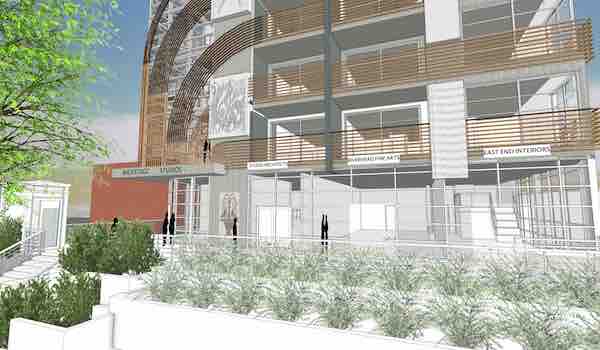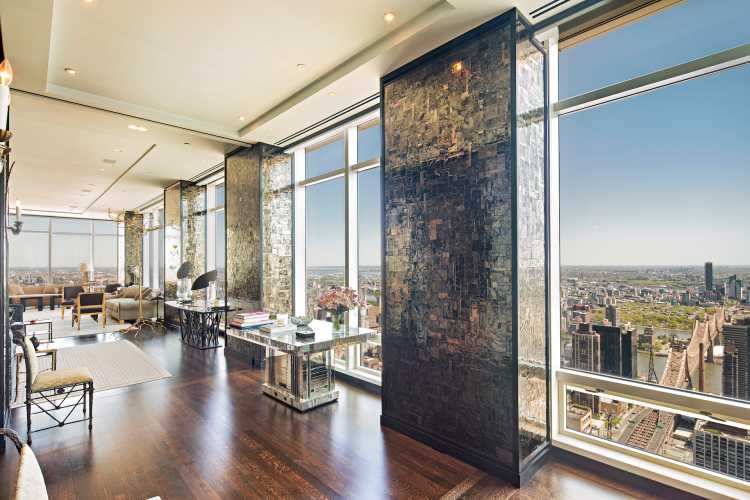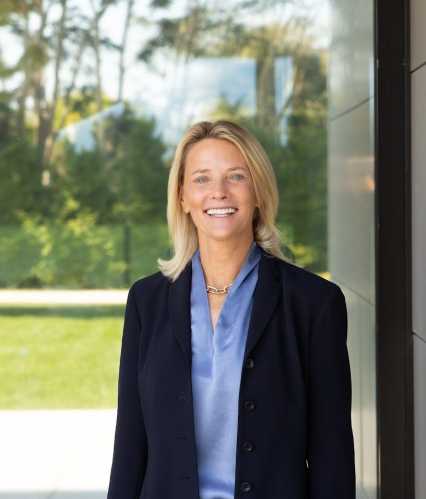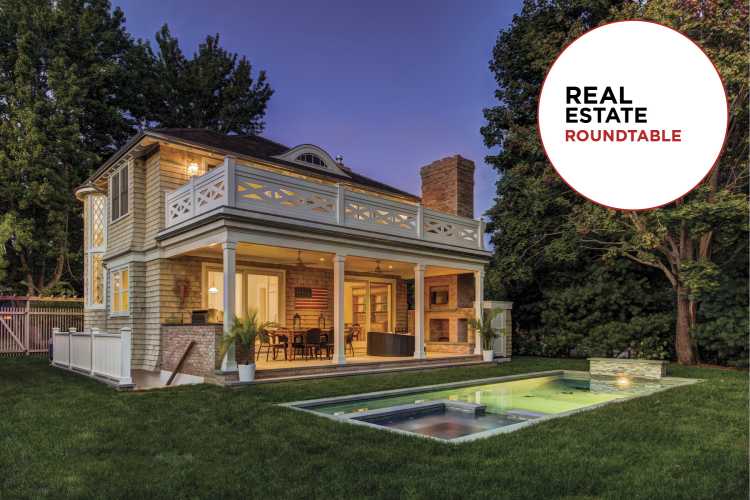Richard Stott, AIA, LEED AP is known throughout the East End for his exemplary architectural work, including the beautiful Suffolk Theater in Riverhead. The talented Stott offers his stirring thoughts on how the architecture community can contribute to a better tomorrow in these challenging and hard times.
The Coronavirus pandemic is raging into its third week of social distancing, isolation and uncertainty.
For the first time in history, health is the most important topic and foremost on the minds of every single American, if not every human on the planet.
I have always viewed architecture as an important component in the equation of health and wellness.
Just like humans, every building has a story, a personality and a soul, whose qualities are built into a building by those who design, construct and use it.
Just like humans, buildings can be easygoing, difficult, graceful or even toxic.
Just like humans, successful buildings take good care of themselves, look clean, well dressed and presentable.
Just like humans, healthy buildings are pleasing to look at from the outside and run efficiently and smoothly on the inside.
Just like humans, the higher the quality of construction and the more we nurture our buildings, the longer they last and better they preform.
As a society, even without a pandemic to keep us home, we spend, on average, 90% of our time indoors. Our ‘Quality of life’ is in direct proportion to the quality of the environment in which we spend our time. Now, more than ever before, it is our responsibility as design professionals to create the most healthy, most energy efficient, functional, and exciting environments possible. Now more than ever before, let’s be sure that the indoor environment is healthy and safe.
From our homes to the busiest public transportation terminals, volume, daylight, indoor air quality and energy efficiency tell the building’s own story. Under the right conditions, it is possible to design a building that creates as much energy as it uses–or even more. Perhaps a positive outcome of this enormous health challenge will be the recognition that our health is the most valuable asset of our lives and that healthy buildings play a most important part in our sense of well-being.
Perhaps, humans will recognize that when it comes to designing and constructing buildings, the best return-on-investment (ROI) is not the biggest profit margin, but the healthiest, most efficient building possible. Surely we must recognize that a cheap building that lasts 50 years will cost much, much, more than a more expensive one that lasts four times longer. May those who are ignorant, learn. May those who have forgotten, remember.
At the apex of this pandemic and at the apex of my career, high quality, high performance projects are the only ones I’m interested in pursuing.
Stott Architecture just received from the United States Green Building Council in March 2020 a LEED Gold rating on a small residential addition/renovation for a client who was extremely sensitive to both environmental and chemical toxins. We converted a hundred-year-old, leaky, moldy and chemically toxic house into a clean, efficient, toxin and allergy free safe haven for its owner. We are currently working on a 7,000-square-foot addition to the Southampton Animal Shelter, and a 34,000-square-foot multi-use addition to the back of Suffolk Theater in Riverhead. Both of these projects will carry a third party sustainability goal and will be ultra sensitive to the Indoor Air Quality of every occupiable space–for humans and their friends.

For more on Richard Stott and Stott Architecture, visit stottarchitecture.com.






















